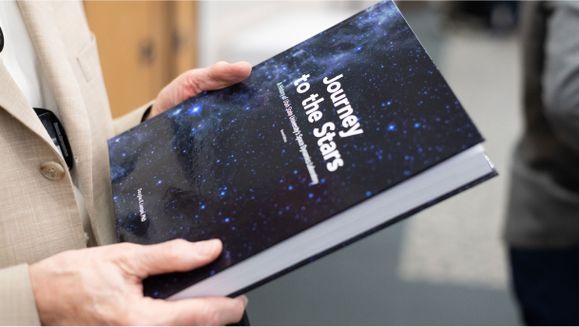Built on a Foundation of Success
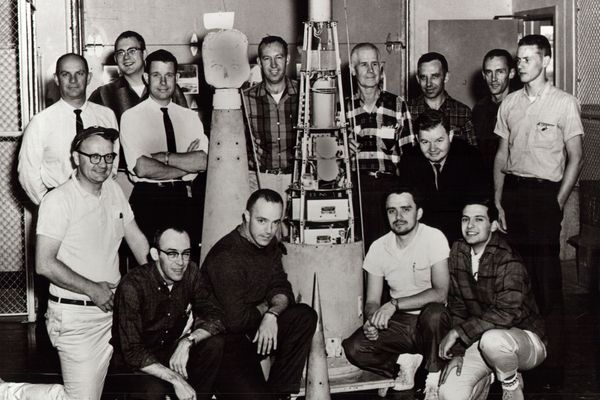
SDL traces its origins to the earliest US space experiments using German V-2 rockets at the end of World War II. These experiments, which measured electron density in the upper atmosphere, led to the formation of the Upper Air Research Laboratory (UARL) at the University of Utah in 1948 and the Electro-Dynamics Laboratories (EDL) at Utah State University in 1959. The two laboratories frequently collaborated, and in 1970, UARL relocated to Utah State University. In 1982, the laboratories merged to form the Space Dynamics Laboratory.
In 1996, the Department of Defense designated SDL as a University Affiliated Research Center sponsored by the Missile Defense Agency. This status reinforced our role as a trusted Government partner solving critical national and scientific challenges.
SDL is built on decades of experience in experimentation and instrumentation for upper atmospheric and space measurements. From SDL’s beginnings, we cemented our reputation as a powerful sensor systems provider. As we evolved through the years, we added additional areas of expertise. The Lab became a key player in data processing, exploitation, and dissemination and other tactical air and ground solutions for the Department of Defense, as well as a leader in small satellite technologies.
Powerful Sensors
SDL has designed, built, and tested sensors and sensor systems for over 60 years. Our expertise started in upper atmospheric research and expanded over time to include game-changing systems for missile defense and C4ISR, and powerful scientific discovery instruments for NASA missions. Our advanced engineering has resulted in instrument longevity that far exceeds planned mission life. We are also a world leader in calibration and characterization.
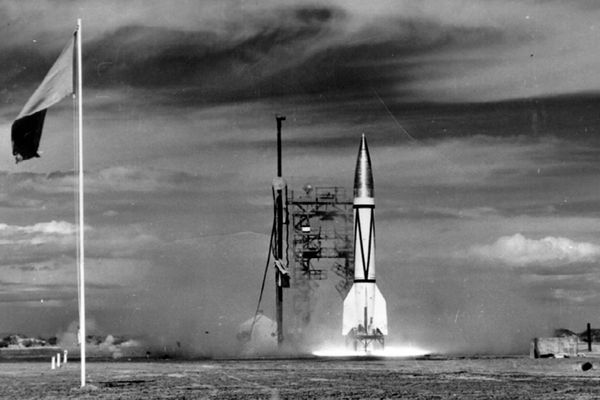
Mission Data Processing & Ground Systems
In the 1990s, SDL began a long-standing relationship with the US Government developing tactical image processing and exploitation software and ground systems. SDL’s robust C4ISR systems are used by all branches of the military today. In addition to software and ground systems, over the last two decades, SDL has spearheaded innovative UAS and counter-UAS solutions to shorten the time between sensing and response.
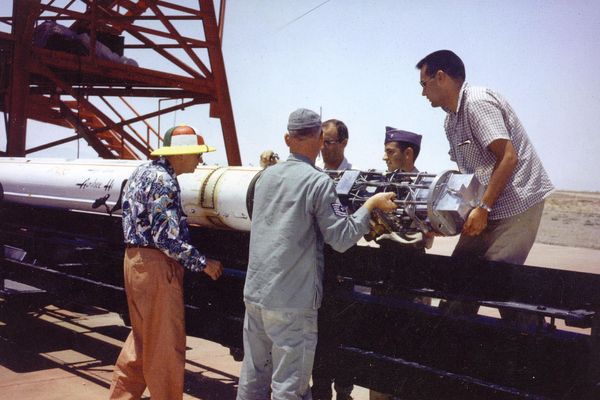
Satellite Technologies
SDL has been at the forefront of satellite technologies since the early 1980s and was a part of the Northern Utah Satellite (NUSAT) effort, which launched in April 1985. Today, SDL is a leading provider of nano to ESPA-class small satellites, with dedicated facilities for verification and validation; rendezvous, proximity operations, and docking; and assembly, integration, and test. SDL was a key player in the establishment of the Small Satellite Conference in 1987. The Lab continues to provide a strong leadership role for the conference, which is held annually on Utah State University’s campus in Logan, Utah.
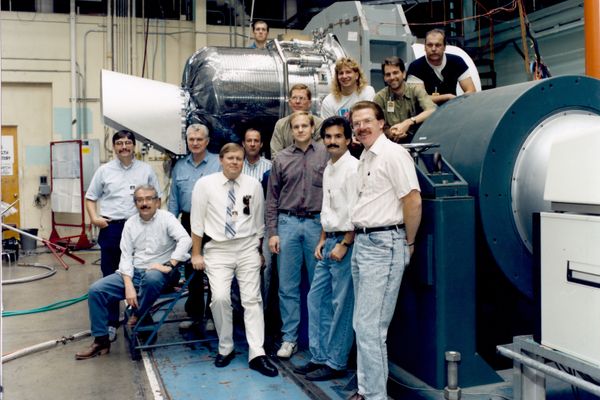
SDL’s History: A Journey to the Stars
